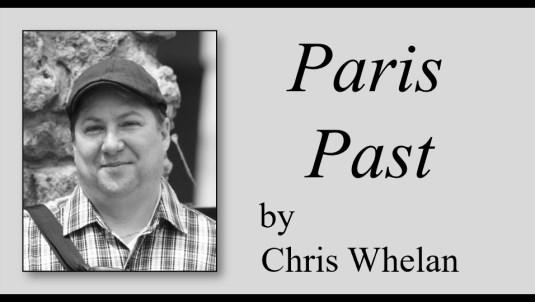
1 minute read
Unveiling the Masonic Legacy of St. John's Lodge No. 82, Unity Lodge No. 40, and
The Masonic Lodge in Paris, Ontario, Canada, holds a rich history that dates back to its early origins. Chief Joseph Brant, also known as Thayendanegea, emerges as one of the first notable Masons in this region. Born along the Ohio River in 1742 and passing away in Burlington, Ontario in 1807, Chief Brant was initiated into the third degree of Masonry in Falcon Lodge in London, England on April 26, 1776. His influence extended to the naming of significant landmarks in the area, such as the City of Brantford, County of Brant, and Township of Brantford, as well as the Brant Masonic District and Brant Lodge No. 45 in Brantford.
As we delve into the history of the Masonic lodges in the Paris area, we find a notable progression marked by the establishment of various lodges and their growth over time. When the Grand Lodge of Canada was formed in 1855, only three lodges within the
Advertisement
the Brant Masonic District.

Above: 11 Banfield Street in Paris, Ontario - Prior to 1951 the regular meetings were held at 111 Grand River Street N. (over Cummings Furniture Store), except for a few months in 1950 when meetings were held in the Paris Odd Fellows' Hall. On February 10, 1951, St. John's Lodge secured permanent quarters. The beautiful residence formerly owned by the late W. Bro. R. Thomson, and more recently by Dr. R. Hamilton, 11 Banfield Street, Paris, was converted into a splendid and commodious Masonic Temple. On February 16, 1951, these quarters were consecrated to the service of Masonry.
Brant Masonic District existed. These included St. John's Lodge No. 35 in Cayuga, Ontario, Brant Lodge No. 45 in Brantford, and St. John's Lodge No. 82 in Paris, Ontario.
Unity Lodge No 40, later known as St. John's Lodge No. 82, played a pivotal role in the Masonic history of Paris.
It was consecrated on August 18, 1853, with notable officers like Worshipful Master Hiram Capron and others. Over the years, the lodge witnessed growth and transformation, with changes in meeting locations and membership
Continued on page 20










